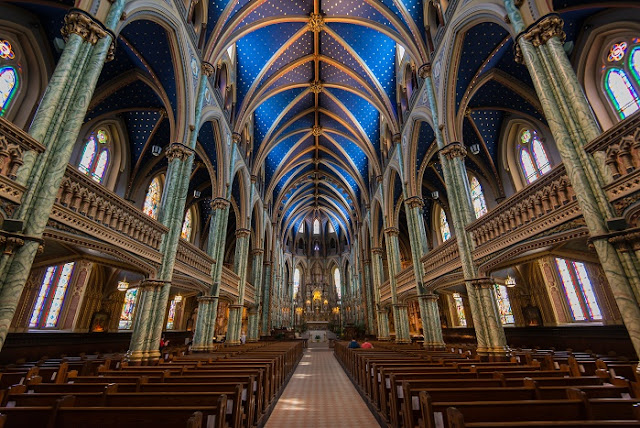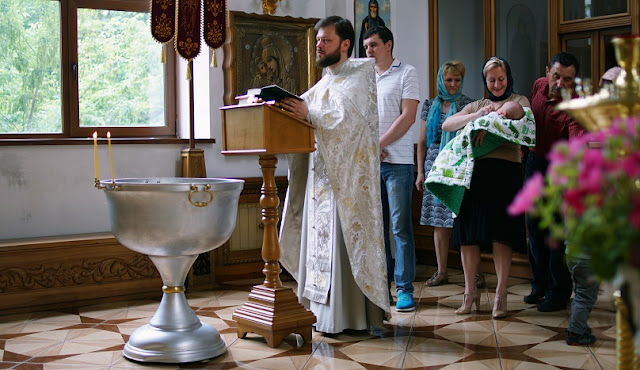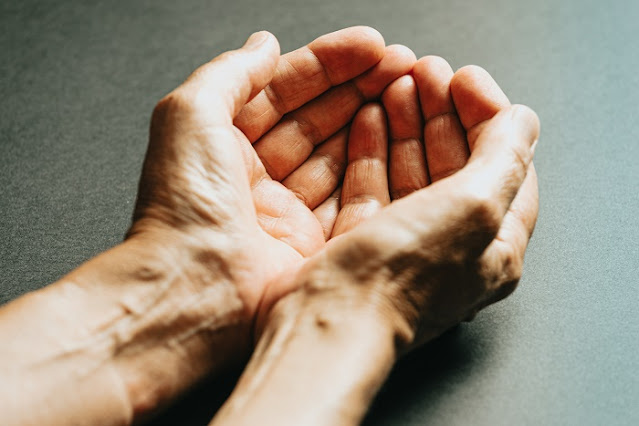Katekismo Corner: On the Divino Rostro I: No. 40

On the Divino Rostro I Lord, show us the light of your face! (Psalm 4:7) As the Feast of the Divino Rostro is at hand, it is good to review the history of the devotion to the Holy Face of Jesus in Bicol, that we filially call on as the Divino Rostro whose Feast we celebrate hand in hand with the Solemnity of Our Lady of Peñafrancia. The devotion started in 1882 introduced by Fr. Pedro de la Torre who hailed from Osa de la Vega, Spain, and was then the Vicar General and Provisor (Chancellor) of the then Diocesis of Nueva Caceres. On August 26 of that year, news reached Naga City that Colera Morbo , a dreaded fatal disease that affects the intestines and causes excessive vomiting and diarrhea, had entered the capital city of Manila. Immediately, then Bishop Casimiro Herrera ordered that the miraculous image of the Virgin of Peñafrancia be brought to the Cathedral from her sanctuary to intercede for the whole community in beseeching Heaven that the Diocese be spared from the pa...
















